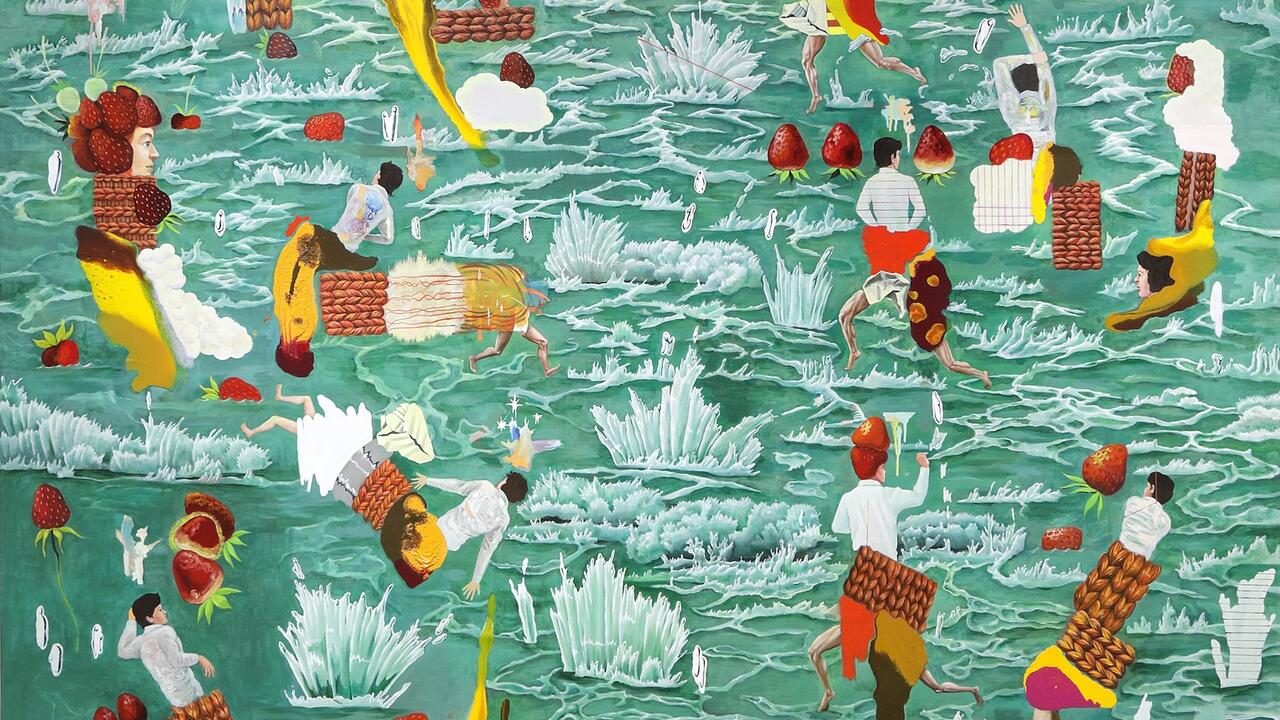Lynn Hershman Leeson Interviews George Church
‘If anything can be converted to DNA, then this interview could become a DNA portrait of you’
‘If anything can be converted to DNA, then this interview could become a DNA portrait of you’

Lynn Hershman Leeson: You’re known as the father of synthetic biology. Why?
George Church: We have been developing exponentially improving technologies to read and write DNA, so putting them into an archival system for storage of analogue and digital information seemed like a natural thing. It’s very important that we keep track of history in an archival sense, in a living sense. It’s better if we keep them in an intact ecosystem because we don’t know enough about these ecosystems to re-create them from frozen storage. We need to keep historical versions and living versions of everything – cultures, languages – and some of our technological progress needs to include setting up those archives.
LHL: If anything can be converted to DNA, then this interview could become a DNA portrait of you, right? How would it manifest and how would it be shown?
GC: My lab, Microsoft and Technicolor have stored videos in DNA. We converted Georges Méliès’s 1902 film, A Trip to the Moon, to digital zeros and ones, then to DNA, and then back again into a displayable movie, and you can’t tell the difference between the original and final films. The DNA-encoded version will probably remain stable for a million years. So long as we ourselves remain a DNA life form, it’s likely we’ll be able to read DNA.
LHL: That’s a big if.
GC: One of my postdoctoral researchers describes this field as ‘sculpting evolution’.
LHL: It is! I really believe that this is the art form not of the future but of our time, right now.
GC: It’s a four-dimensional sculpture. It includes every part of our ecosystem.
LHL: And time.
GC: Right, that’s the fourth dimension. Time.
























